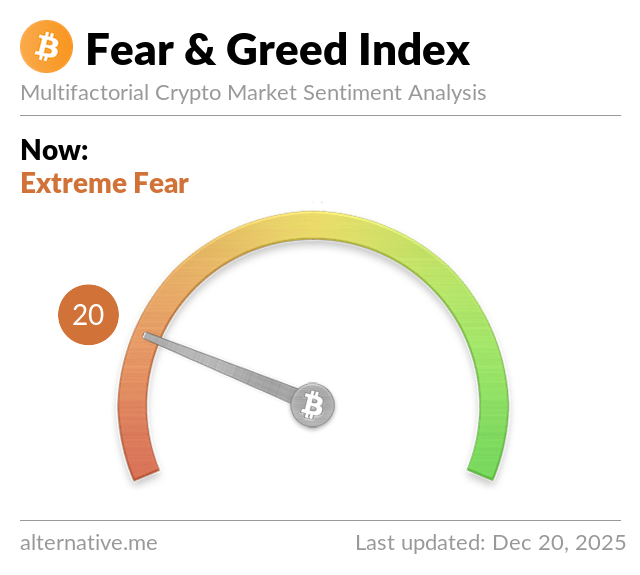XRP is gearing up for a significant transition as its ecosystem delves into decentralized finance (DeFi) products and embarks on tokenizing real-world assets (RWA). These initiatives are positioned to enhance the digital asset’s usability, moving beyond its traditional role in cross-border transactions, and could ultimately reshape its significance within the global financial landscape.
XRP’s DeFi Expansion
One of the standout developments is the emergence of mXRP, a liquid staking token built on the XRP Ledger’s Ethereum-compatible sidechain. This innovation has spurred substantial interest amongst XRP holders. By utilizing the Midas platform to stake their XRP, investors receive mXRP, which can be utilized across various DeFi protocols, offering potential annual yields of up to 8%.
Demand for mXRP surged almost immediately, with an initial vault of 6.5 million XRP filled in a matter of hours, prompting an increase to 10 million tokens. As of October 2, Axelar, the blockchain infrastructure firm spearheading this initiative, reported that the vault associated with mXRP had ballooned to over $30 million.
Given the overwhelming demand, the available vault has since been expanded to accommodate up to 20 million tokens. At XRP’s current valuation exceeding $3, this equates to a staggering total of over $60 million.
This enthusiasm not only signifies a growing appetite for utility within the XRP ecosystem but also marks a shift in the asset’s competitiveness among other established DeFi networks, particularly Ethereum. The introduction of a liquid staking token paves the way for XRP holders to activate dormant capital, amplifying XRP’s role in decentralized markets.
XRPL Real-World Asset Tokenization
In tandem with its DeFi advancements, developers are enhancing the XRP Ledger (XRPL) with robust tools tailored for institutional compliance and activity. A key component of this initiative is the Multi-Purpose Token (MPT) Standard, designed to facilitate the tokenization of real-world assets while seamlessly integrating compliance measures at the protocol level. According to RWA.xyz, XRPL stands among the top ten blockchain networks engaged in RWA activities.
Martins Hiesboeck, the head of research at Uphold, has asserted that the MPT signifies a “strategic leap into institutional finance.” This token standard encompasses built-in features for asset freezing, deterrents against fraud, and identity-based access restrictions. Such attributes empower issuers to comply with financial regulations while streamlining operations, minimizing fraud risks, and controlling asset transfers without relying heavily on complex smart contracts.
The MPT design reaps the benefits of XRPL’s core strengths, including rapid transaction finality (three to five seconds), low transaction fees, and robust security. Each transaction or operation related to issuance, transfer, or management incurs a minor fee payable in XRP, which is subsequently burned—thereby constricting the circulating supply. Additionally, issuers are required to reserve XRP for every new ledger object, further tightening the availability of tokens.
Hiesboeck emphasized, “This utility model is a crucial strategic pivot, redirecting the XRP valuation narrative from mere speculation toward a quantifiable model anchored in observable, high-throughput global financial activity. The MPT standard deftly positions XRPL as a secure and compliant blockchain tailored for institutional endeavors in the tokenized finance arena.”












